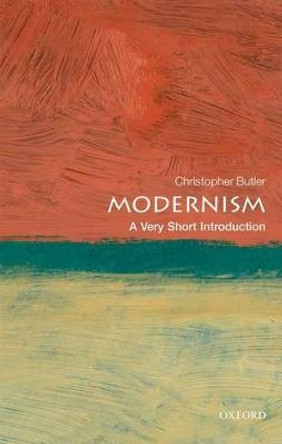Somewhere between 1910 and 1970, architecture changed. Now that modern architecture has become familiar (sometimes celebrated, sometimes vilified), it's hard to imagine how novel it once seemed. Expensive buildings were transformed from ornamental fancies which referred to the classical and medieval pasts into strikingly plain reflections of novel materials, functions, and technologies. Modern architecture promised the transformation of cities from overcrowded conurbations characterised by packed slums and dirty industries to spacious realms of generous housing and clean mechanised production set in parkland. At certain times and in certain cultures, it stood for the liberation of the future from the past. This Very Short Introduction explores the technical innovations that opened-up the cultural and intellectual opportunities for modern architecture to happen. Adam Sharr shows how the invention of steel and reinforced concrete radically altered possibilities for shaping buildings, transforming what architects were able to imagine, as did new systems for air conditioning and lighting. While architects weren't responsible for these innovations, they were among the first to appreciate how they could make the world look and feel different, in connection with imagery from other spheres like modern art and industrial design. Focusing on a selection of modern buildings that also symbolize bigger cultural ideas, Sharr discusses what modern architecture was like, why it was like that, and how it was imagined. Considering the work of some of the historians and critics who helped to shape modern architecture, he demonstrates how the field owes as much to its storytellers as to its buildings. ABOUT THE SERIES: The Very Short Introductions series from Oxford University Press contains hundreds of titles in almost every subject area. These pocket-sized books are the perfect way to get ahead in a new subject quickly. Our expert authors combine facts, analysis, perspective, new ideas, and enthusiasm to make interesting and challenging topics highly readable.
About the AuthorAdam Sharr is Professor of Architecture, and Head of the School of Architecture, Planning and Landscape, at Newcastle University, UK. He is also Editor in Chief of arq: Architectural Research Quarterly (Cambridge University Press), Series Editor of Thinkers for Architects (Routledge) and Principal of Adam Sharr Architects. He is the author or editor of seven books about architecture.
ReviewsAdam Sharr has succeeded in making modern architecture modern again, with this refreshing and original account of the technological revolutions and individual designers that shaped our world from the 1850s to the 1970s. Rather than concentrate on questions and debates over style and ideology, or follow the self-promotional versions of the architects themselves, he has preferred to go to the root of the revolution: the technologies and their innovative utilization. This little book will have an effect far beyond its size, providing more than an introduction for students and the public, and for architects themselves a salutary set of careful worked case studies, from Miess IIT Campus to Rogers and Pianos Centre Pompidou. * Anthony Vidler, Professor of Architecture, The Cooper Union *
The great strength of Adam Sharr's book is that it relates modern architecture to wider cultural, philosophical, and technological trends. It is also written in a very accessible style and, despite its brevity, covers a wide territory. * Jeremy Till, Head of Central Saint Martins, Pro Vice-Chancellor University of the Arts London *
Book InformationISBN 9780198783442
Author Adam SharrFormat Paperback
Page Count 192
Imprint Oxford University PressPublisher Oxford University Press
Weight(grams) 150g
Dimensions(mm) 176mm * 109mm * 11mm








